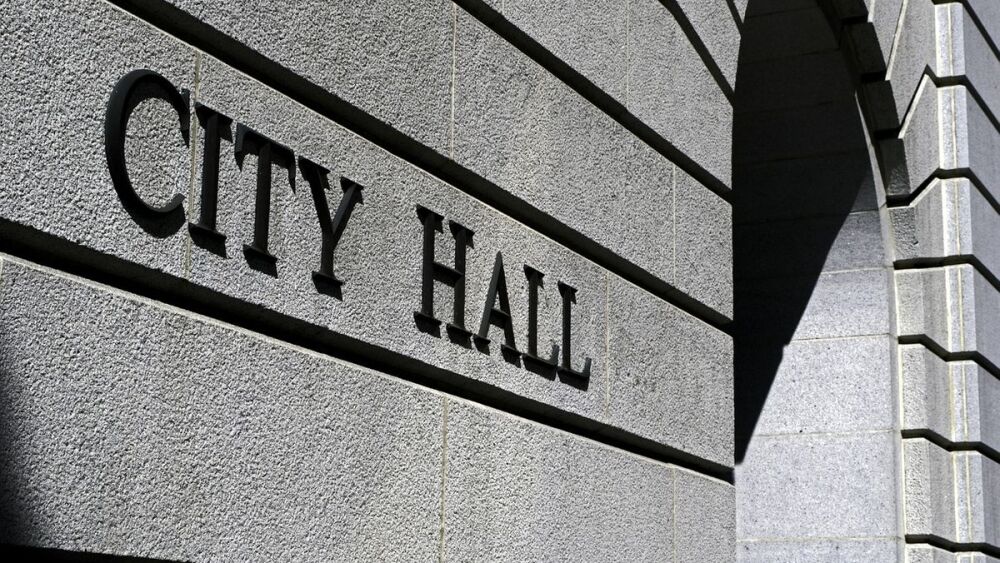By Joseph Stromberg
Vox
This article is part of a series about the past, present, and future of commuting in America.
The US spends a ton of money on public transportation. So why is it so terrible?
American buses, subways, and light rail lines consistently have lower ridership levels, fewer service hours, and longer waits between trains than those in virtually every comparably wealthy European and Asian country. At the same time, a much greater percentage of US public transit costs are subsidized by public tax dollars.
In other words, we pay more for transit and get far less — basically the worst of all worlds.
Many people try to explain this paradox by pointing to US history and geography: Most of our cities and suburbs were built out after the 1950s, when the car became the dominant mode of transportation. Consequently, we have sprawling, auto-centric metropolises that just can’t be easily served by public transportation.
Read full coverage here.


